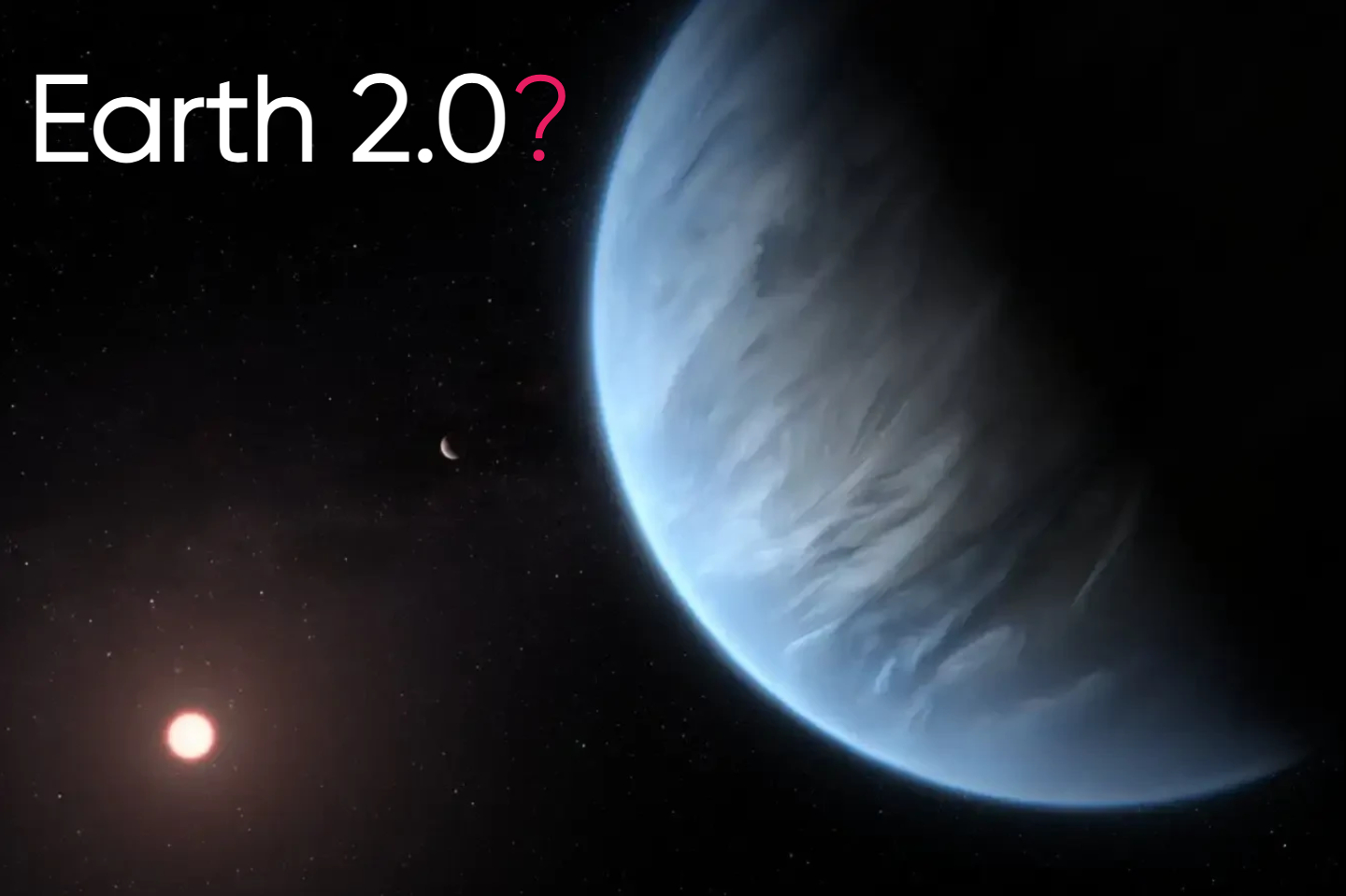The search for an alien life planet has taken a giant leap forward with new findings from the James Webb Space Telescope (JWST). Scientists studying the exoplanet K2-18b, located 124 light-years away, have uncovered 7 powerful signs that suggest this distant world may harbor life.
What Makes K2-18b an Alien Life Planet Candidate?
K2-18b is an exoplanet about 2.6 times the diameter of Earth and 8.6 times its mass. It orbits within the habitable zone of a red dwarf star, where conditions could allow liquid water to exist—one of the key ingredients for life. The recent detection of specific molecules in its atmosphere has made it one of the most exciting alien life planet candidates to date.
7 Key Alien Life Planet Signs on K2-18b
- Detection of Dimethyl Sulfide (DMS): This molecule, found in K2-18b’s atmosphere, is produced almost exclusively by marine microorganisms on Earth, making it a strong biosignature.
- Presence of Dimethyl Disulfide (DMDS): Another sulfur-containing gas linked to biological activity, DMDS strengthens the case for life-related processes.
- Atmospheric Composition Suggestive of Life: The planet’s atmosphere shows a chemical makeup consistent with a warm ocean world, potentially teeming with microbial life.
- Location in the Habitable Zone: K2-18b orbits its star at a distance that could support liquid water, a vital condition for life.
- Stable Atmospheric Conditions: Observations indicate the atmosphere is stable enough to sustain complex chemical reactions necessary for life.
- Strong Biosignature Signals: The combined detection of DMS and DMDS represents the most compelling biosignature evidence found on an exoplanet so far.
- Potential for Confirmation: Scientists anticipate that further JWST observations within the next one to two years will confirm these promising signs.
Why This Discovery Matters for Alien Life Planet Research
The identification of these biosignatures on K2-18b is a groundbreaking moment in the quest for extraterrestrial life. Professor Nikku Madhusudhan of Cambridge University, lead author of the study, called this “the strongest evidence yet that life could exist elsewhere.” If confirmed, it would suggest that life is more common in the galaxy than previously believed.
Scientific Caution and Next Steps
While the signs are powerful, researchers urge caution. Alternative non-biological processes could produce similar molecules, so additional data is needed to rule out false positives. Upcoming observations with JWST will help clarify whether K2-18b truly is an alien life planet.












